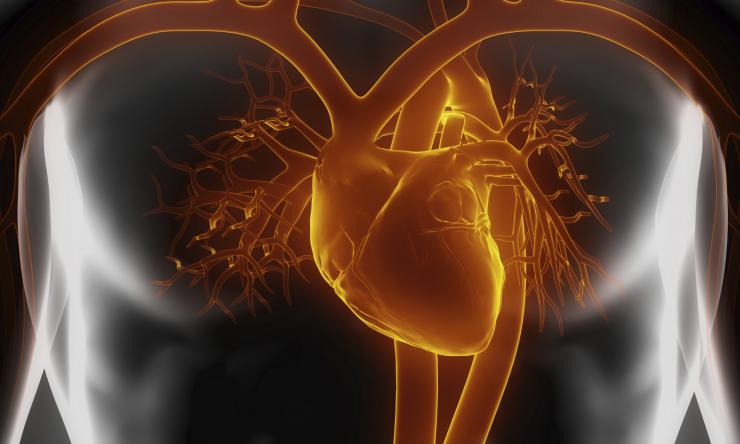Research improves understanding of atrial fibrillation
Atrial fibrillation is the most common heart arrhythmia in humans. This condition increases the risk of heart failure, stroke, dementia and death, and current treatments have suboptimal efficacy and carry side effects. Looking to identify clues that might lead to better treatments, a group headed by researchers at Baylor College of Medicine and the Texas Heart Institute used a mouse model system to investigate how noncoding DNA regions that increase atrial fibrillation risk in humans work to predispose to the condition.
The team reports in the Proceedings of the National Academy of Sciences a functional connection between noncoding DNA regions called Pitx2 enhancers, expression of the Pitx2 gene and atrial fibrillation. The researchers found that distant Pitx2 enhancers loop and fold to make contact with the Pitx2 gene, and this interaction prevents predisposition to atrial fibrillation.
“Atrial fibrillation occurs when the two upper chambers of the heart, the atria, are beating out of sync with the two lower chambers, the ventricles. The uncoordinated beats prevent the heart from pumping effectively and thus increase the risk of heart failure, dementia, stroke and death,” said corresponding author Dr. James F. Martin, professor and Vivian L. Smith Chair in Regenerative Medicine at Baylor and director of the Cardiomyocyte Renewal Lab at the Texas Heart Institute.
There is an unmet need for effective treatments for atrial fibrillation, and one approach to identify potential therapeutic strategies is to conduct genome-wide association studies (GWAS) to identify genes that are involved in this condition. GWAS identify molecular alterations across the entire genome; that is, on both protein-coding genes and on their noncoding regulatory regions.
Previous GWAS studies implicated the Pitx2 gene – a gene that produces a protein involved in mammalian development – as the most commonly found gene in the human genome that was associated with atrial fibrillation. GWAS studies also have determined that a noncoding DNA region located near the Pitx2 gene is well associated with increased risk for atrial fibrillation. However, a connection between the Pitx2 gene and the noncoding region has not been shown.
In the current study, Martin and his colleagues developed a mouse model to investigate whether the noncoding DNA region was functionally linked to the Pitx2 gene.
“We know that the DNA’s linear structure can loop and fold and this enables regions that are sequentially far away from each other to make contact,” Martin said. “Here we showed that noncoding DNA regions associated with predisposition to atrial fibrillation loop to the Pitx2 gene. Furthermore, deleting the noncoding DNA regions, called Pitx2 enhancers, resulted in decreased Pitx2 gene expression and predisposed mice to atrial fibrillation.”
“In summary, noncoding DNA regions linked to atrial fibrillation risk can display long-range regulatory functions directed at Pitx2 gene and in this way predispose to the condition,” Martin said.
Interestingly, deleting Pitx2 enhancers decreased Pitx2 gene expression and raised the risk for atrial fibrillation only in males. The Martin lab is interested in investigating the reasons behind this gender difference.
Other contributors to this work include Min Zhang, Matthew C. Hill, Zachary A. Kadow, Ji Ho Suh, Nathan R. Tucker, Amelia W. Hall, Tien T. Tran, Paul S. Swinton, John P. Leach, Kenneth B. Margulies, Patrick T. Ellinor and Na Li. The authors are associated with one or more of the following institutions: Baylor College of Medicine, Shanghai Jiao Tong University School of Medicine, Massachusetts General Hospital, the Broad Institute of MIT and Harvard, Texas Heart Institute and University of Pennsylvania Perelman School of Medicine.
This work was supported by National Institutes of Health Grants DE023177, HL127717, HL130804, HL118761, F31HL136065 and HL140187. Further support was provided by the Vivian L. Smith Foundation, Fondation Leducq Transatlantic Networks of Excellence in Cardiovascular Research Grant 14CVD01, Chinese Postdoctoral Science Foundation Grant 2016M601610, Intellectual and Developmental Disabilities Research Center Grant 1U54 HD083092, the Eunice Kennedy Shriver National Institute of Child Health and Human Development and Mouse Phenotyping Core Grant U54 HG006348.











